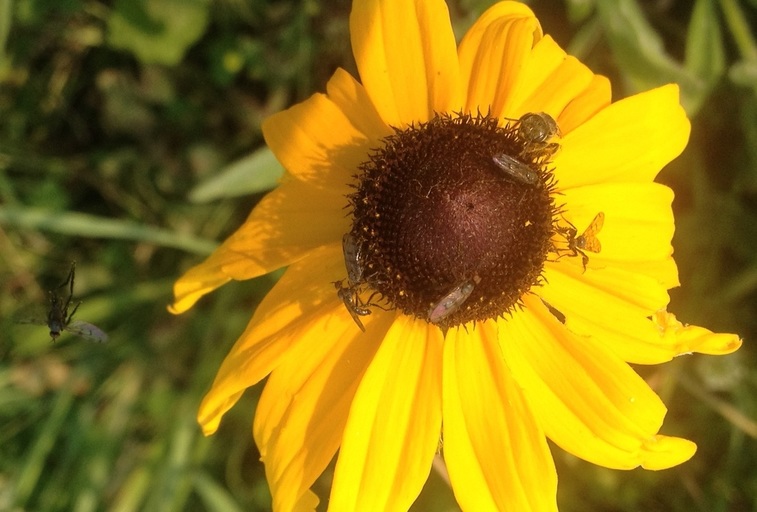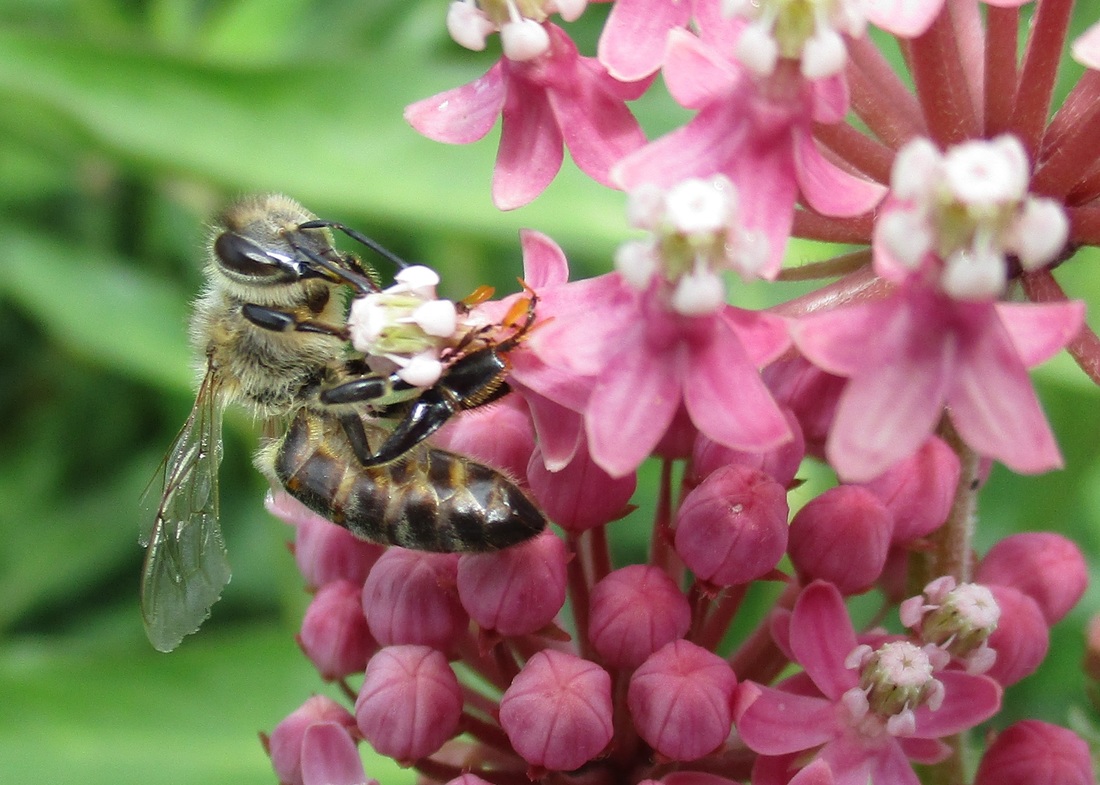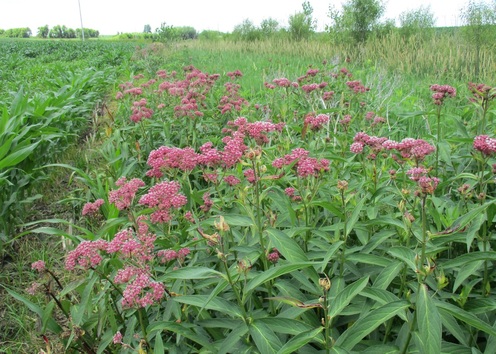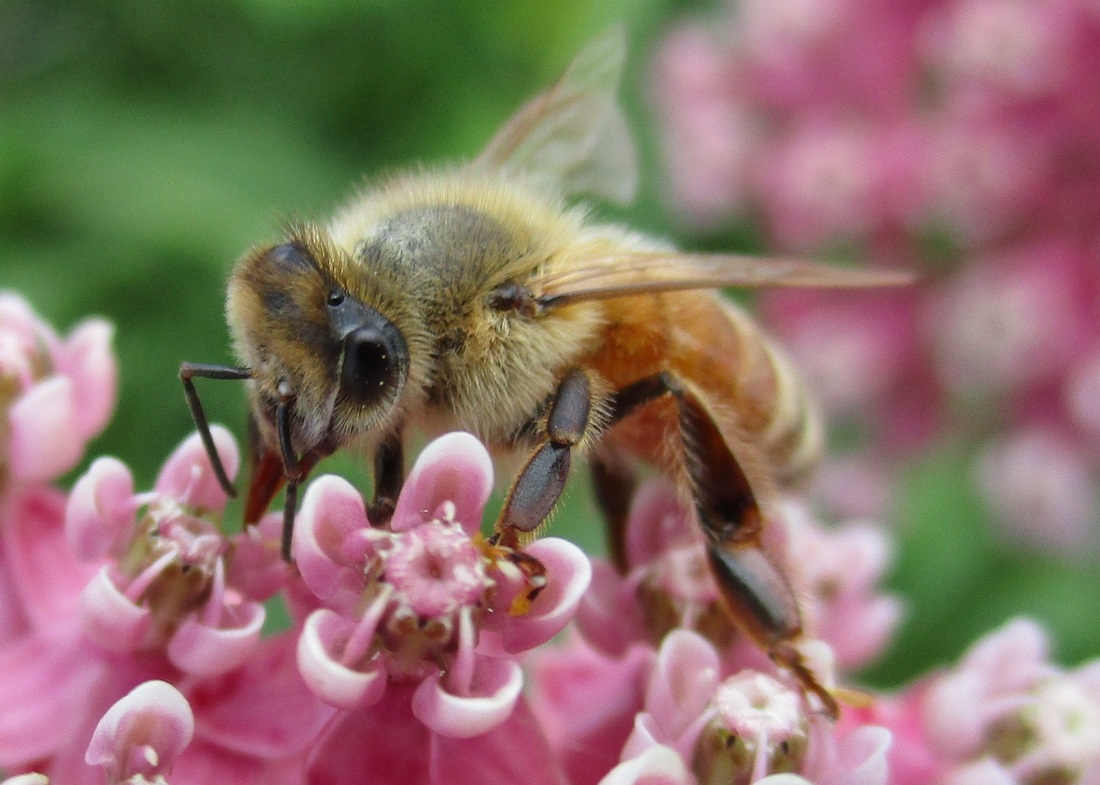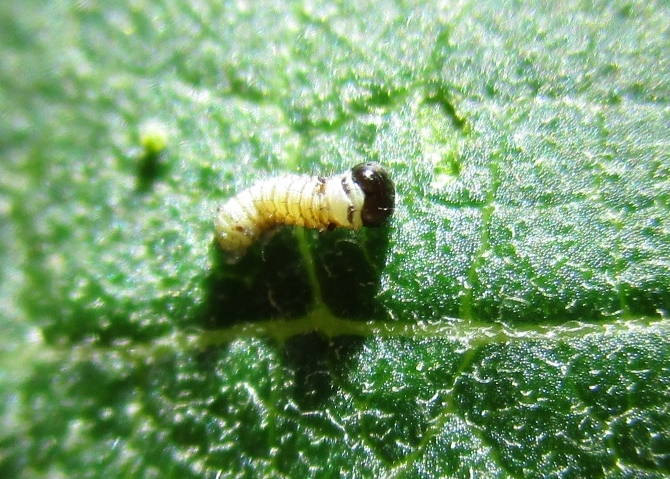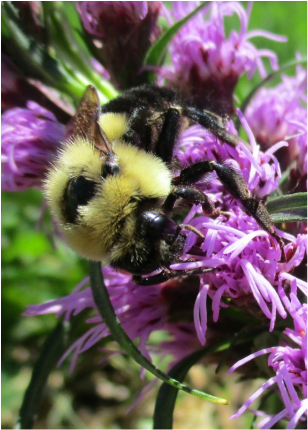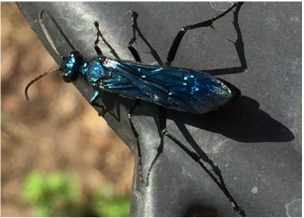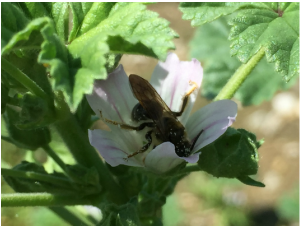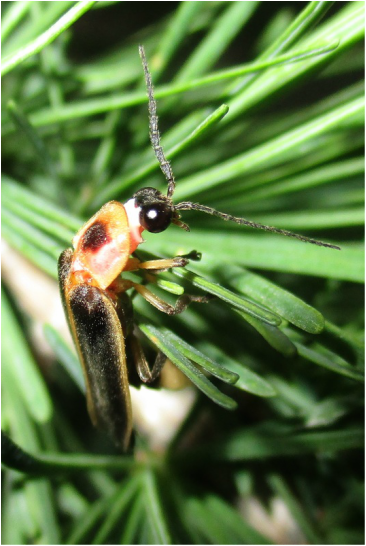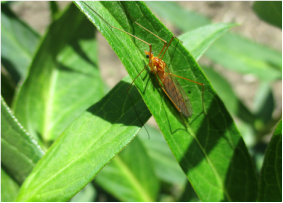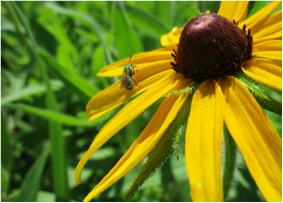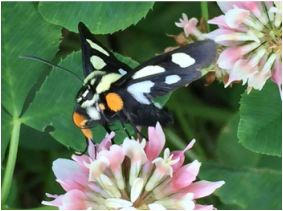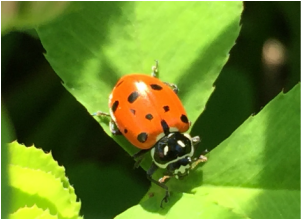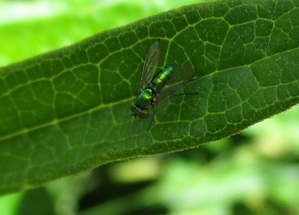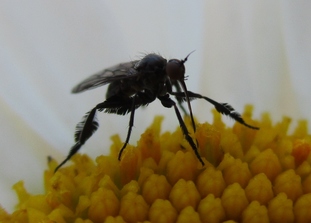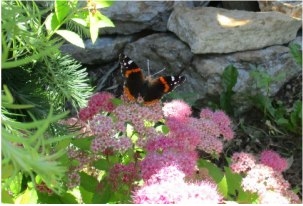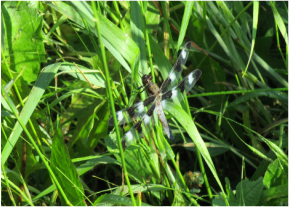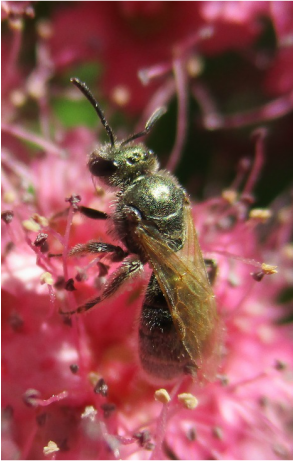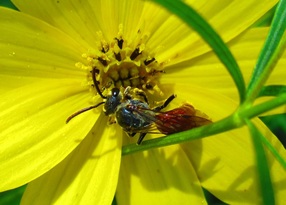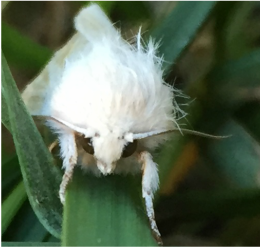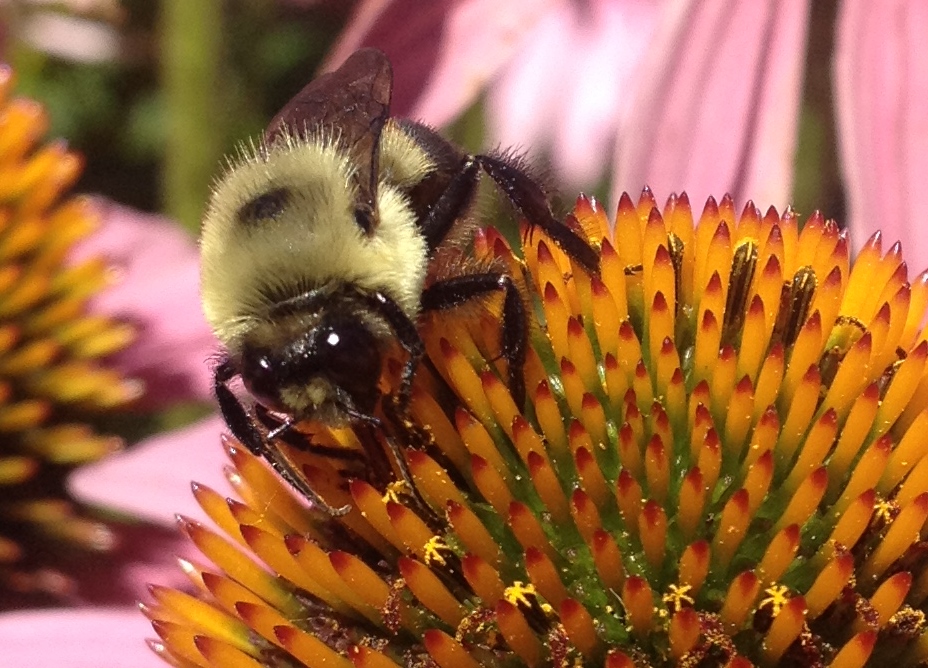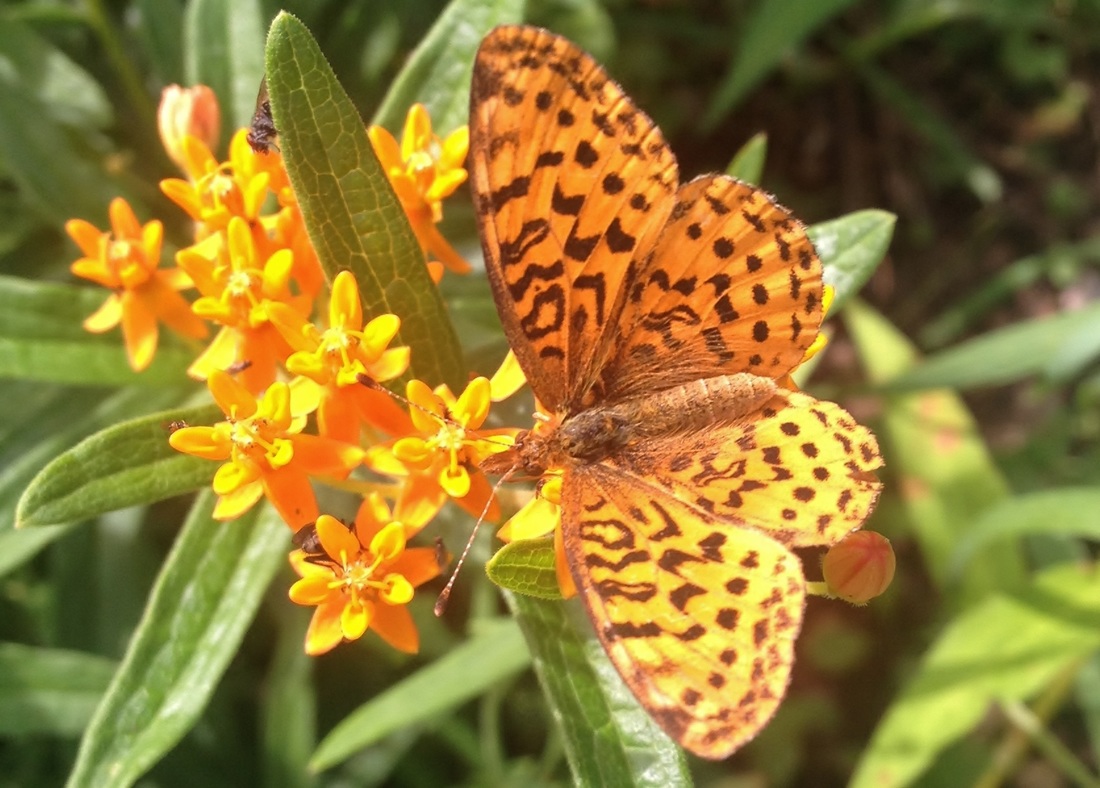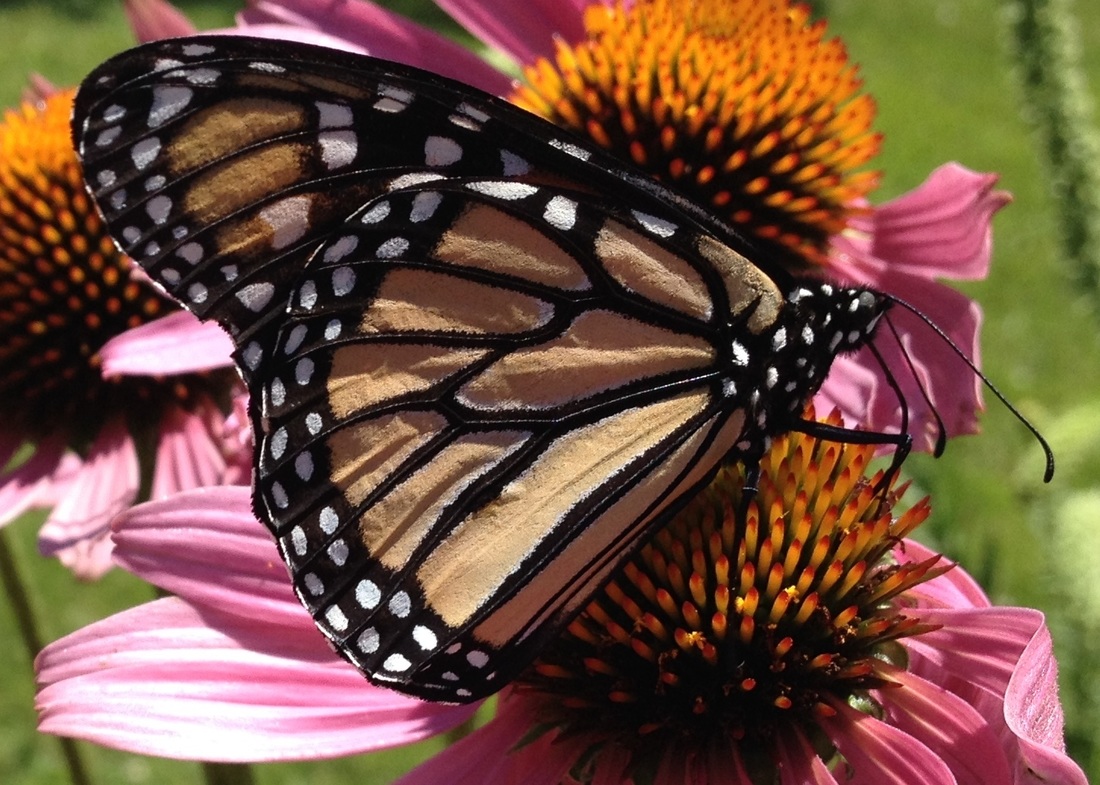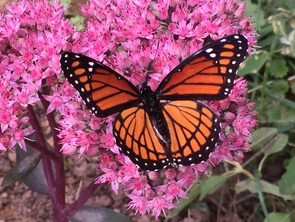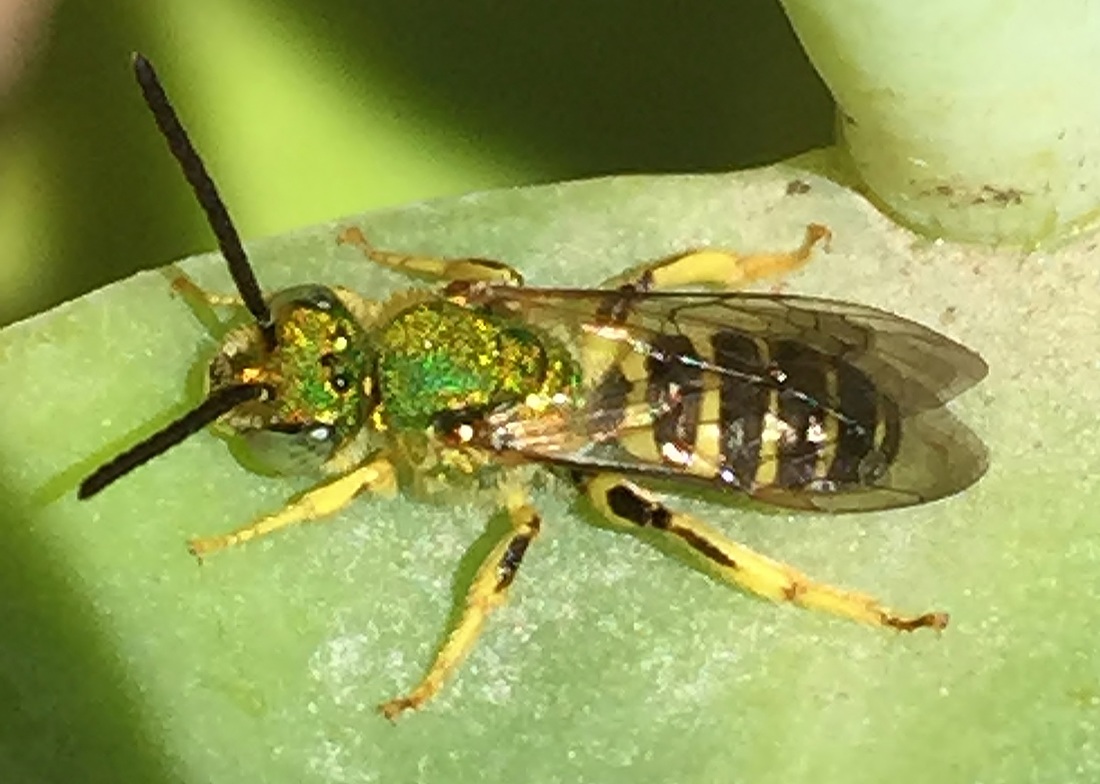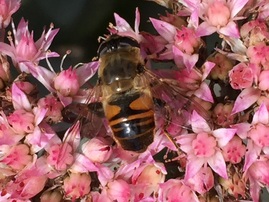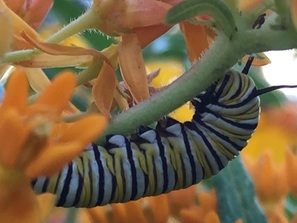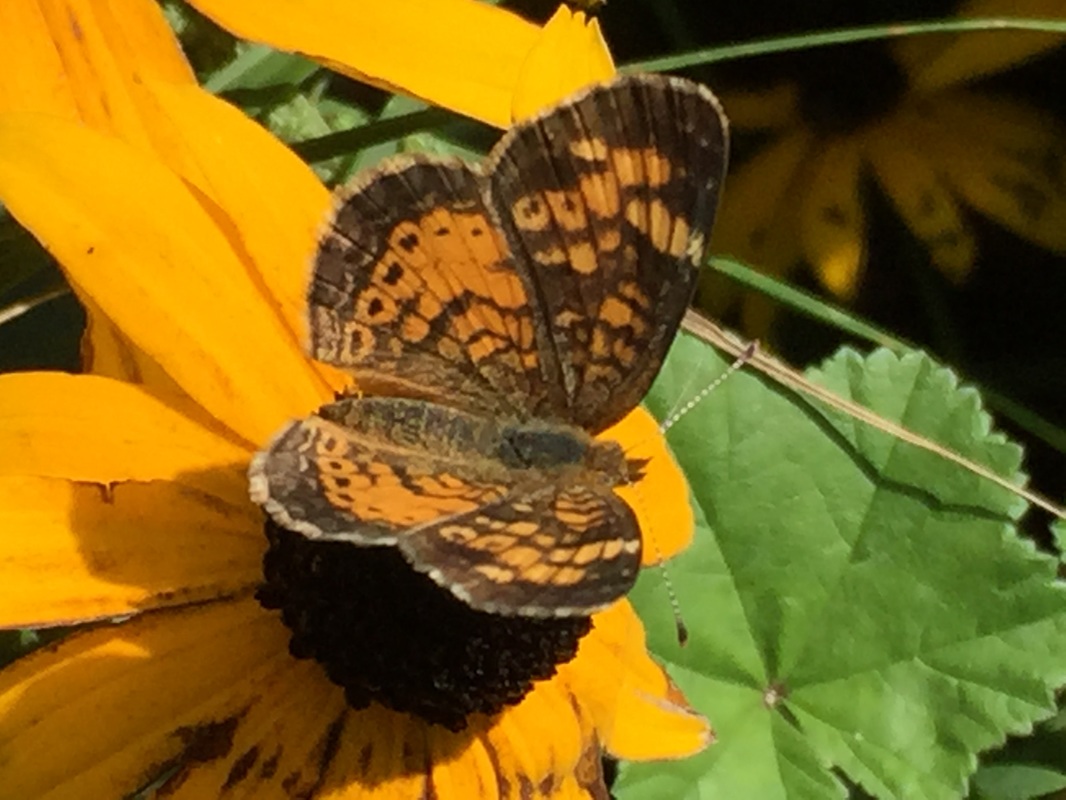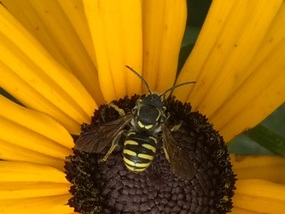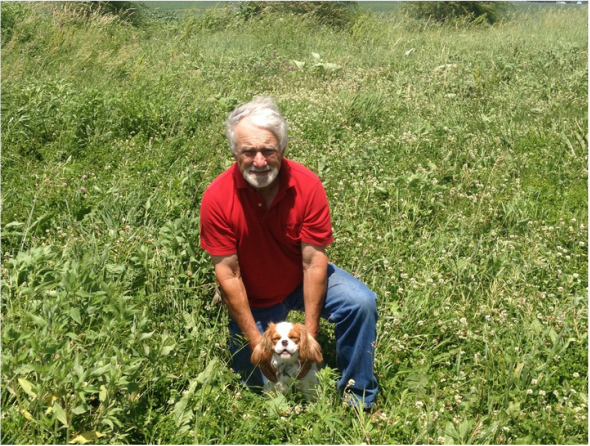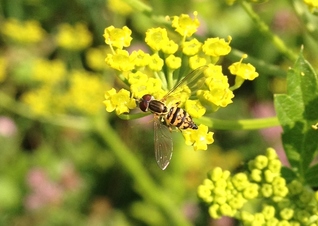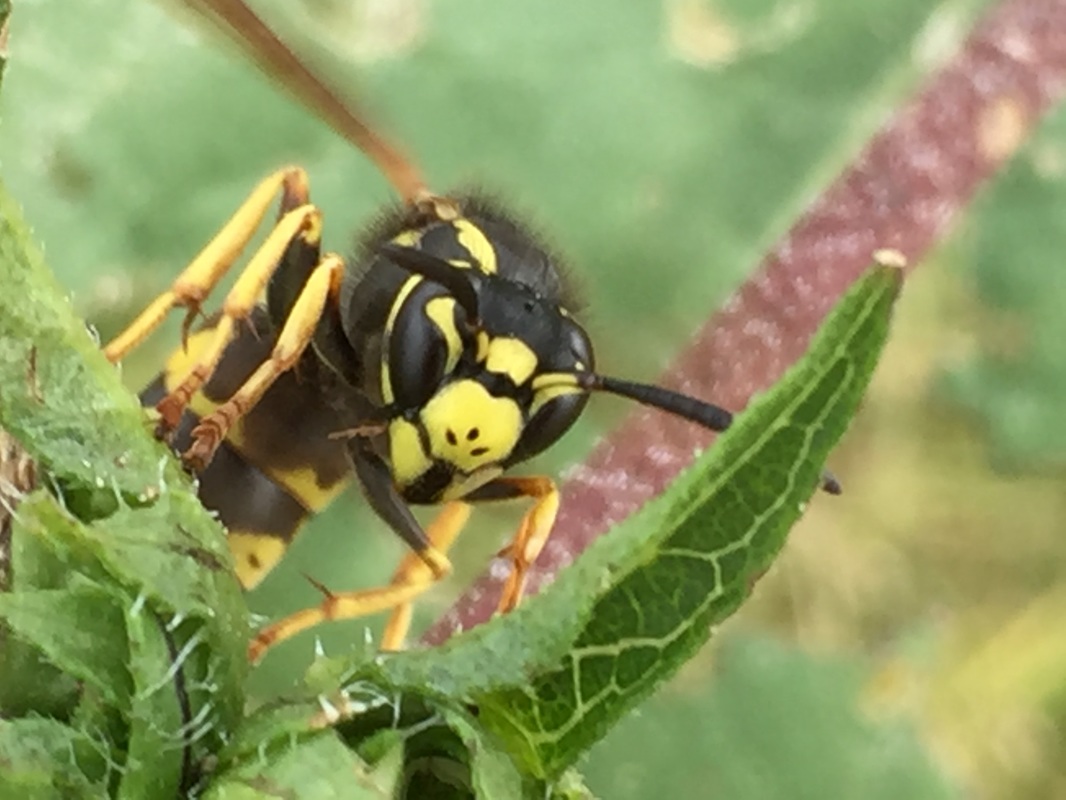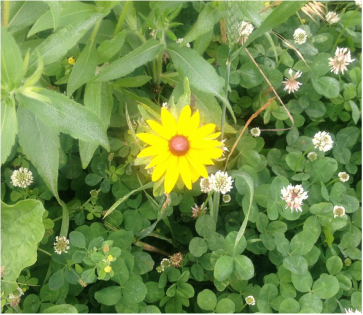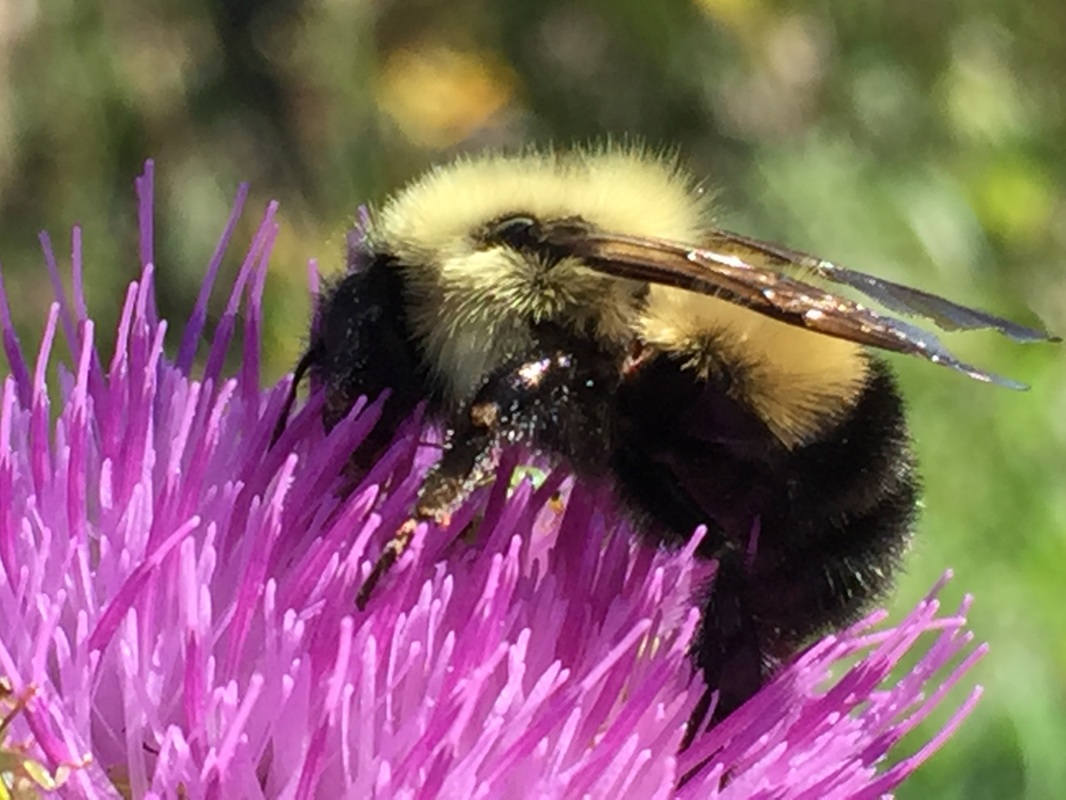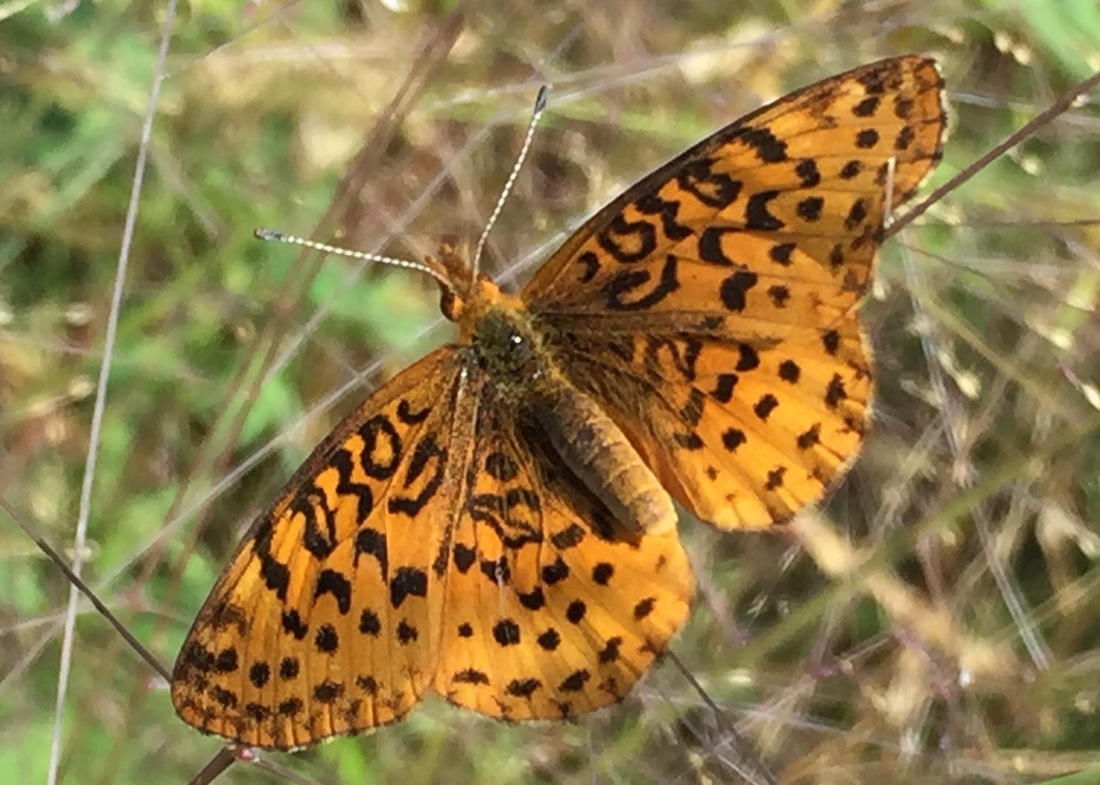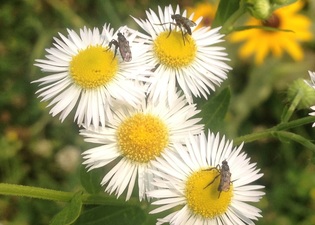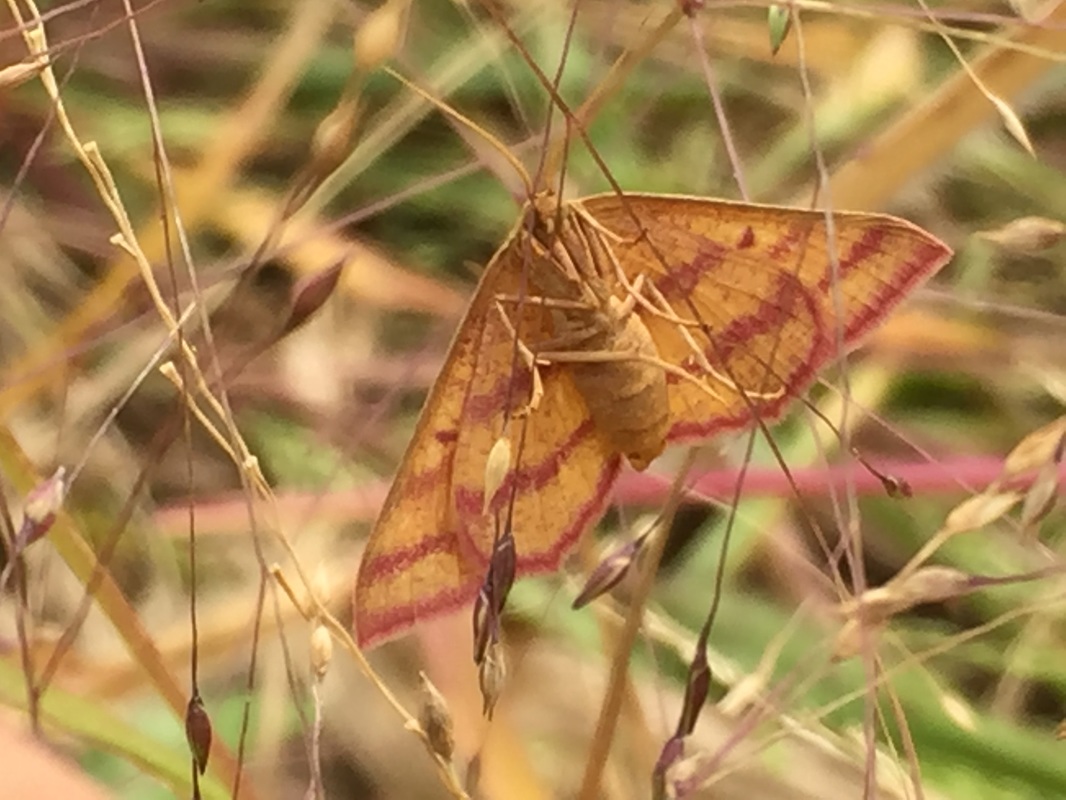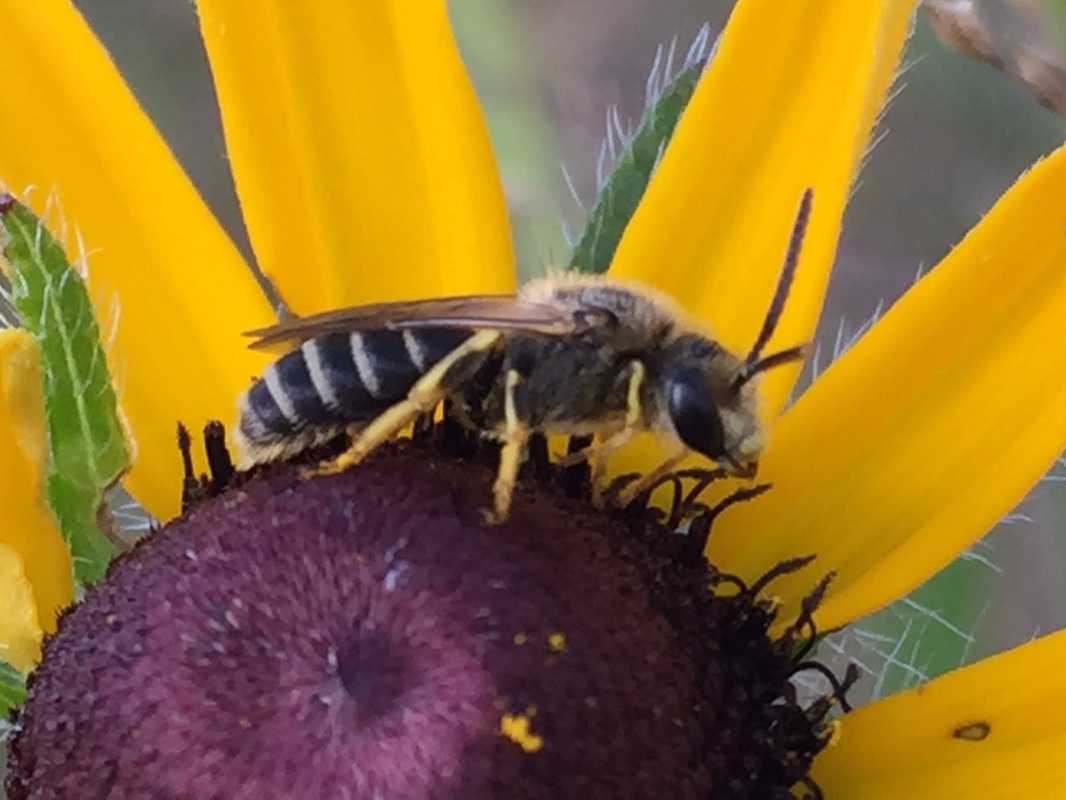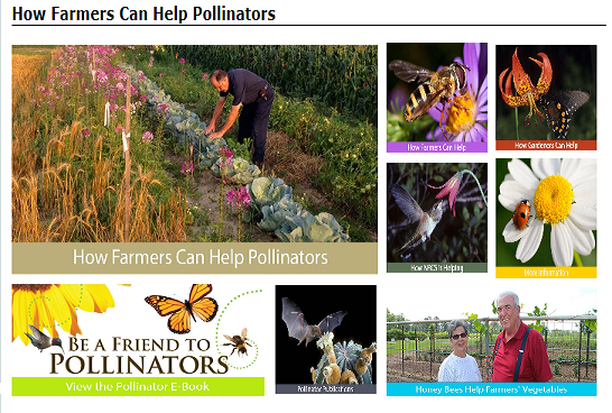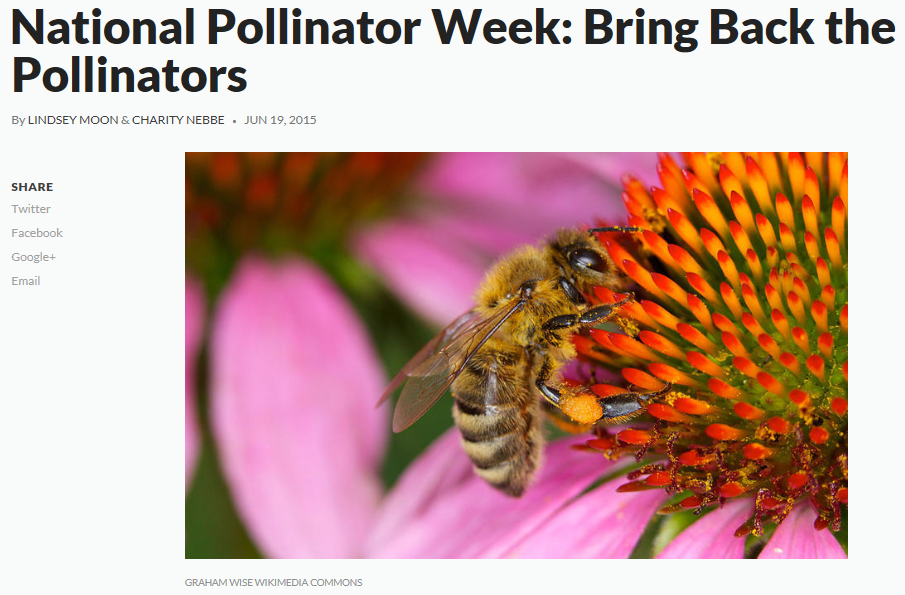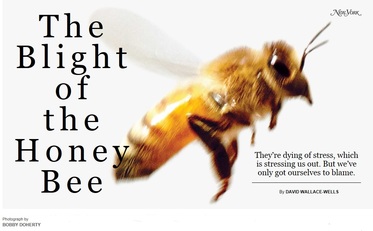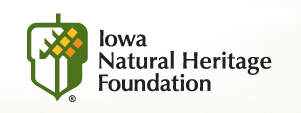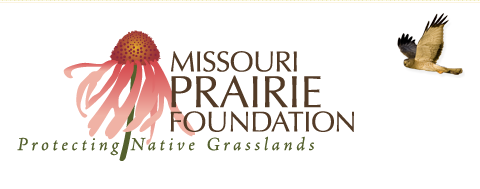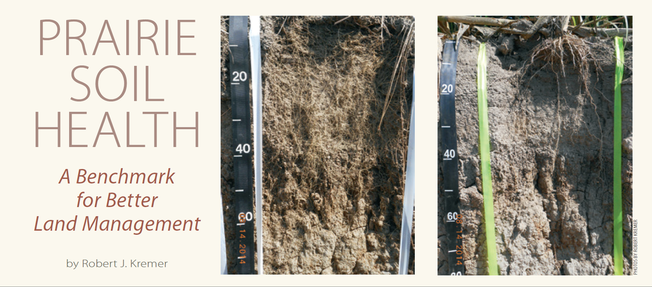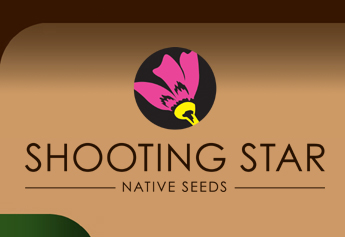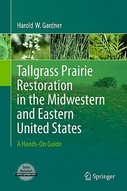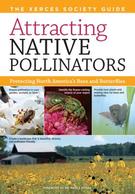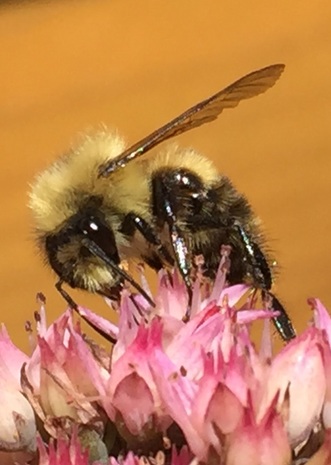Pollinators and Prairies
Anyone can love the mountains; it takes soul to love the prairie.
Unknown
Creating Pollinator Habitat and
Improving Soil Health--Why and How
No phenomenon in nature illustrates more vividly the principle that conservation measures must be directed at ecosystems, not just individual species. If the last pollinator species adapted to a plant is erased by pesticides, or habitat disturbance, the plant will soon follow. And as these and other populations decline or disappear, the consequences spread through the remainder of the food net, weakening other interspecific relationships.
The evidence is overwhelming that wild pollinators are declining…. Their ranks are being thinned not just by habitat reduction and other familiar agents of impoverishment, but also by the disruption of the delicate “biofabric” of interactions that bind ecosystems together. Humanity, for its own sake, must attend to the forgotten pollinators and their countless dependent plant species.
E. O. Wilson, in the foreword to The Forgotten Pollinators (1996)
The evidence is overwhelming that wild pollinators are declining…. Their ranks are being thinned not just by habitat reduction and other familiar agents of impoverishment, but also by the disruption of the delicate “biofabric” of interactions that bind ecosystems together. Humanity, for its own sake, must attend to the forgotten pollinators and their countless dependent plant species.
E. O. Wilson, in the foreword to The Forgotten Pollinators (1996)
There's lots to learn about pollinators and prairies at:
Just a bit of pollination inspiration...
Bees and milkweed, alive and well in the middle of the cornfield of a Conservation Innovation Grant participant farmer. This isn't the field he had mapped with the Soil Information System, but he's more aware now of the need to avoid spraying near habitat like this. We hope the plants are all hosting one of the little monarch caterpillars like the one shown at 2 days old.
Learn more about the CIG pollinator component here:
And how you can help bring back the Monarch butterfly here:
The Cedar Basin prairies and butterfly gardens are off to a great start in 2016 - Photos by Robin Oanes
Photos from Cedar Basin Butterfly Gardens 2015 - Photos by Robin Oanes
Cedar Basin Crop Consulting's Restored Native Prairie - Photos by Robin Oanes
|
|
|
|
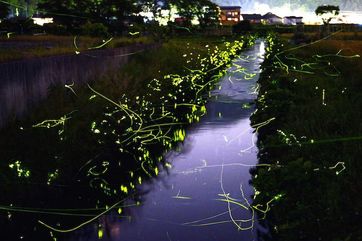 Fireflies darting about in Shiga, Japan. (Photo: 'The Asahi Shimbun' via Getty Images)
Fireflies darting about in Shiga, Japan. (Photo: 'The Asahi Shimbun' via Getty Images)
Firefly Populations are Blinking Out
The glowing insects pollinate plants and keep pests in check, but they’re disappearing as pesticides and habitat loss take a toll.
Read the TakePart article here:
The Beauty of Pollination--Moving Art
by Louis Schwartzberg
by Louis Schwartzberg
____________________________________________________________________________
Are you a pheasant or quail hunter? Pheasants Forever offers some tips on how to attract them while providing pollinator habitat.
Farming for Bees: Conservation of Native Pollinators
Learn how to plan, create, manage, and protect the habitat of native pollinators that are vital to U.S. agriculture. Although there are numerous pollinator species in the United States, this presentation focuses on native bees.
Pollinating the Conversation to Conserve Iowa's Pollinators
Pollinators', Predators', and Parasitoids' Role in Integrated Pest Management
Presidential Memorandum -- Creating a Federal Strategy to Promote the Health of Honey Bees and Other Pollinators
NRCS Fact Sheet on Native Prairie Establishment and Management
What Farmers Can Do For Pollinators
During this Talk of Iowa, host Charity Nebbe talks with [ISU Entomologist, Donald] Lewis. DNR District Forester Mark Vitosh and Iowa State University Extension horticulture expert Richard Jauron also join the conversation and answer listener questions.
Use Best Practices To Protect And Promote Pollinators For Crops
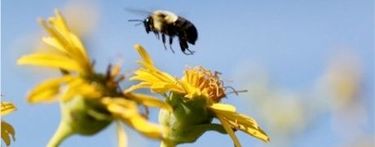
HELP PRESERVE POLLINATORS: Honeybee populations are decreasing at an increasing rate in Iowa and across the U.S., continuing the trend of recent years. Iowa State University insect experts say the disappearance of bees is now reaching the breaking point. But they also say there are simple things farmers and everyone can do to help conserve bees, which are economically important as pollinators for crops.
Read the article here:
Read the article here:
The Anxiety of Bees by David Wallace-Wells
Read the New York article here:
Native Pollinators
Bumblebees and butterflies and flower beetles, oh my! I dentifying native pollinators is a crucial aspect of preserving Iowa's bountiful farmlands - but do you know which ones best suit your land?
Bumblebees and butterflies and flower beetles, oh my! I dentifying native pollinators is a crucial aspect of preserving Iowa's bountiful farmlands - but do you know which ones best suit your land?
Prairie Soil Health
Understanding the microbial diversity and functional capabilities of soil in prairie ecosystems can be used to guide and monitor prairie reconstruction efforts and assess the health of agricultural land.
Read the article here:
Shooting Star Native Seeds
Shooting Star Native Seeds is a native restoration company that has been providing its customers with the products, services, and expertise needed to successfully re-establish thousands of acres of prairies, wetlands, and savannas for more than 20 years. Besides operating one of the largest native seed farms in the Midwest, our dedicated team can also assist you with project planning, site preparation, installation, and land management services.
